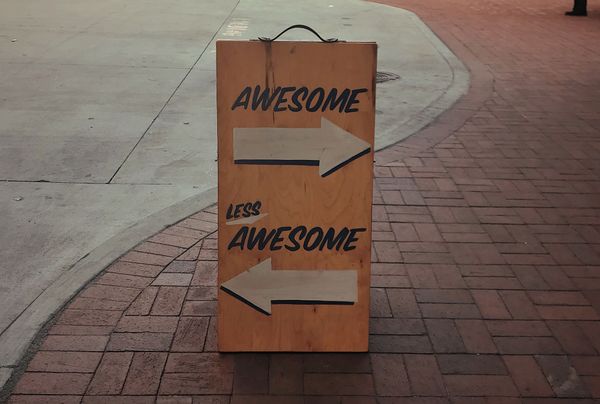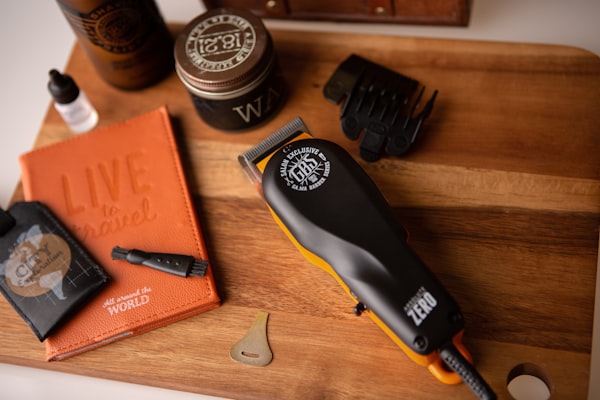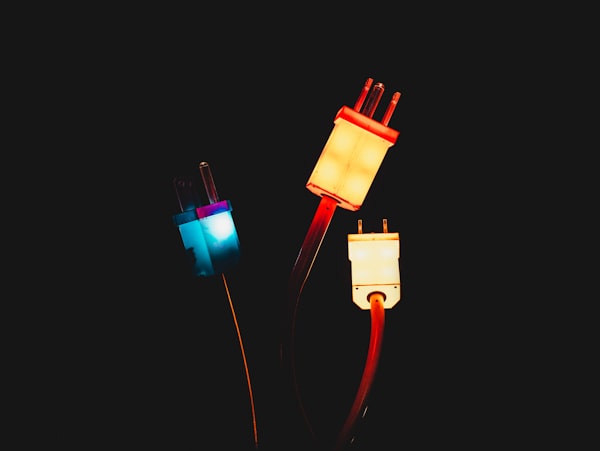Conspicuous Consumption and Status Signaling: What Your Purchases Say About You
In Fortnum and Mason, two identical apple baskets with different prices spark curiosity. This reveals that customers pay more for experience, brand loyalty, and status symbols. Yet, it raises questions about whether the ‘stuff’ we buy truly brings us happiness.

I remember my father telling me this story and as such I have no knowledge of its provenance, but it is one that has stuck with me for many years. If you have heard it before please let us know in the comments section.
A man walks into Fortnum and Mason to buy some apples. Looking at all the beautifully arranged fruit and vegetables on show, the man notices that one basket of apples is double the price of a very similar basket of apples on the shelf. Curiosity getting the better of him, he asks the salesperson what the difference is between the apples. The salesperson says “the apples are the same apples sir, however, there are times when some of our more select customers prefer to pay a little bit more.”
When customers are willing to pay more for the same product or service, it can reveal several insights about customer behaviour and preferences. Customers have varying levels of price sensitivity. Some are willing to pay a premium for perceived quality, convenience, or brand reputation, while others are more price-conscious and seek the best deal. Customers often assess the value of a product based on factors beyond its intrinsic qualities. Factors like the reputation of the seller, the shopping experience, or the overall brand image. In some cases as Kotler put it in 1973, sometimes the atmosphere is the product. Some customers who are willing to pay more for a product may have a strong loyalty to the brand or retailer and we are all accustomed to paying more for convenience and time-saving benefits.
Customer preferences are highly individual. What one customer values and is willing to pay more for may differ significantly from another customer. Understanding these individual preferences can help businesses tailor their pricing strategies. By observing which customers are willing to pay more, businesses can gather valuable data on consumer behaviour. This information can inform future product development, marketing efforts, and pricing decisions.
The willingness to pay more is also an opportunity to signal wealth or social status, a behaviour often driven by a desire to display conspicuous consumption ; something that provides an intrinsic satisfaction related to status and exclusivity
Some people view high-priced or luxury goods as symbols of their social status and success. By purchasing and displaying these items, they signal to others that they have the means to afford them, they are part of an exclusive club which can lead to feelings of prestige and accomplishment. For some, their possessions play a significant role in shaping their self-identity. Owning expensive or rare items can reinforce their self-image as affluent or sophisticated individuals. They want admiration from others and increased social standing.
In some cases, individuals pay a premium for items as part of a collection or hobby in which case, the satisfaction comes from the pursuit of rare or unique items rather than the display of wealth, although the two can overlap.
I often have a somewhat cynical view when I hear of media announcements and opens letters from extremely weather individuals that they are going to give their wealth away prior to their demise. Large charitable donations may demonstrate their generosity and philanthropic efforts and signal their financial well-being while also benefiting others, but I do wonder how much guilt or narcissism plays a part.
It’s easy to be philanthropic when there is essentially no risk.
Alternatively like gambling, the act of spending money on high-priced items may trigger the release of dopamine in the brain, leading to feelings of pleasure and reward, irrespective of the practical utility of the item. The desire to show off wealth or attain intrinsic satisfaction through conspicuous consumption is not universal. People have diverse motivations and values when it comes to spending money. Societal and cultural norms play a significant role in shaping these behaviours. In some cultures and social circles, conspicuous consumption may be more prevalent and socially acceptable, while in others, it may be less emphasised.
Ultimately, individuals' motivations for paying more for certain products or experiences can be complex and multifaceted, influenced by a combination of personal values, societal norms, and psychological factors.
In my view money doesn’t buy you happiness, it simply makes misery that much more comfortable.
In "Luxury Fever," Robert H. Frank explores the phenomenon of conspicuous consumption and the pursuit of luxury in contemporary society. He argues that as incomes rise, people often engage in a competitive consumption race to attain and display status-affirming goods and services. However, this pursuit of luxury, Frank contends, can lead to dissatisfaction and social inequality. Frank begins by examining the concept of "luxury fever," which he defines as the relentless pursuit of goods and services that confer status but provide little real utility, driven by social comparison and the desire to outdo one's peers in terms of material possessions.
Frank highlights the idea that the pursuit of luxury often leads to an "expenditure cascade" in which people spend more and more to keep up with others in their social circle. This, in turn, can lead to an overall increase in spending across society, even as people's individual satisfaction remains elusive.
It begs the question, are we really happier with all this ‘stuff’ than previous generations were without it. I would argue that in technological terms there is certainly a debate to be had.
Frank discusses how many luxury items are positional goods, meaning their value lies in their relative scarcity rather than their absolute utility. He considers the Veblen Effect where the demand for certain luxury items increases as their price rises and raises the importance. Ultimately he encourages a broader conversation about the values and priorities that guide our consumption choices and suggests that there are alternative paths to greater well-being beyond the relentless pursuit of material possessions.
Equally Alain de Botton in “Status Anxiety” explores the pervasive and often distressing condition of status anxiety in modern society. The book delves into the ways individuals perceive their social status and how this perception affects their lives, self-esteem, and well-being.
De Botton argues that in contemporary culture, status is closely tied to material wealth, social recognition, and professional success. People constantly compare themselves to others, leading to anxiety and feelings of inadequacy when they perceive themselves as falling short in the status hierarchy. He invites readers to reflect on their own desires for status and recognition and encourages them to seek more meaningful and fulfilling paths to happiness and self-worth beyond societal expectations and material achievements.
I somehow feel this may all fall on deaf ears as we continue to scroll the endless stream of Facebook updates and bathe in the ‘look at me, look at me’ updates that swamp the feed on LinkedIn whilst watching the Defenders (designed for the city) advertised in scenes of unbeatable adventures in the outback.





